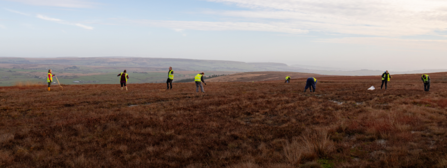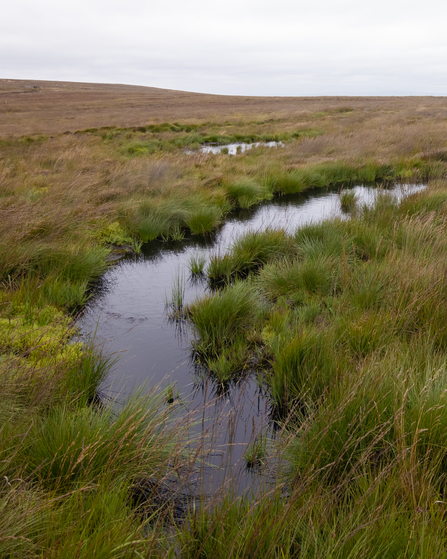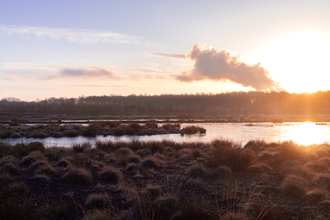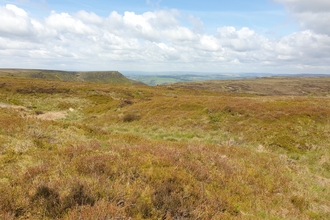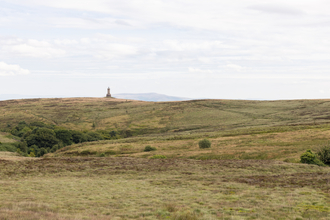The Lancashire Wildlife Trust, led by the Lancashire Peat Partnership, have been working with landowners to restore the peatland habitats on Darwen Moor for people and for wildlife. Although a picturesque part of Lancashire, the beautiful moorlands are actually in a far worse state than they may appear.
Read our Darwen Moor restoration FAQs

